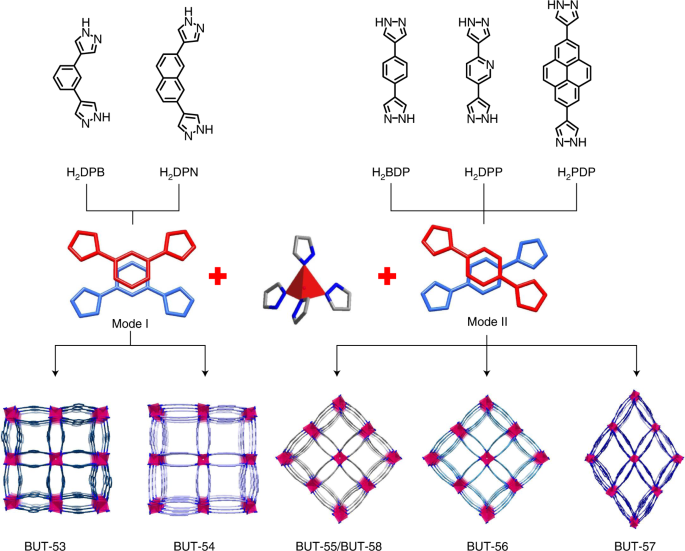2022-05-17 オーストラリア連邦研究会議(ARC)
このたび、シドニー工科大学の太陽光発電・再生可能エネルギー工学部の研究者が、赤外線の熱を電力に変換する装置の実験に成功しました。
ARC Exciton Science Centre of Excellenceのメンバーを含む研究チームは、「熱放射ダイオード」と呼ばれる、暗視スコープに使われている技術に似た発電装置を使用しました。
<関連情報>
- https://excitonscience.com/news/major-infrared-breakthrough-could-lead-solar-power-night
- https://pubs.acs.org/doi/abs/10.1021/acsphotonics.2c00223
HgCdtTeフォトダイオードの熱放射電力変換とその電流電圧特性 Thermoradiative Power Conversion from HgCdtTe Photodiodes and Their Current–Voltage Characteristics
Michael P. Nielsen, Andreas Pusch, Muhammad H. SazzadPhoebe M. Pearce, Peter J. Reece, and Nicholas J. Ekins-Daukes
ACS Photonics Published:May 9, 2022
DOI:https://doi.org/10.1021/acsphotonics.2c00223

Abstract
The thermoradiative diode represents the less well-known symmetric counterpart to solar photovoltaics that instead utilizes the net emission of light rather than absorption to generate power. While there are promising theoretical predications for its application in night-sky power generation and waste heat recovery, the current technological limits have not been explored. Here we explicitly measure the electro-optical characteristics of HgCdTe photodiodes across a range of bandgap energies in both thermoradiative and photovoltaic operation, supported by theoretical calculations that include critical nonradiative processes. At a temperature differential of only 12.5 °C, we measure a peak thermoradiative electrical power density of 2.26 mW/m2 for a photodiode emitting near 4.7 μm, with an estimated radiative efficiency of 1.8%. Our results highlight the need for achieving high radiative efficiencies with mid-infrared semiconductors to deliver on the promise of thermoradiative power generation.



